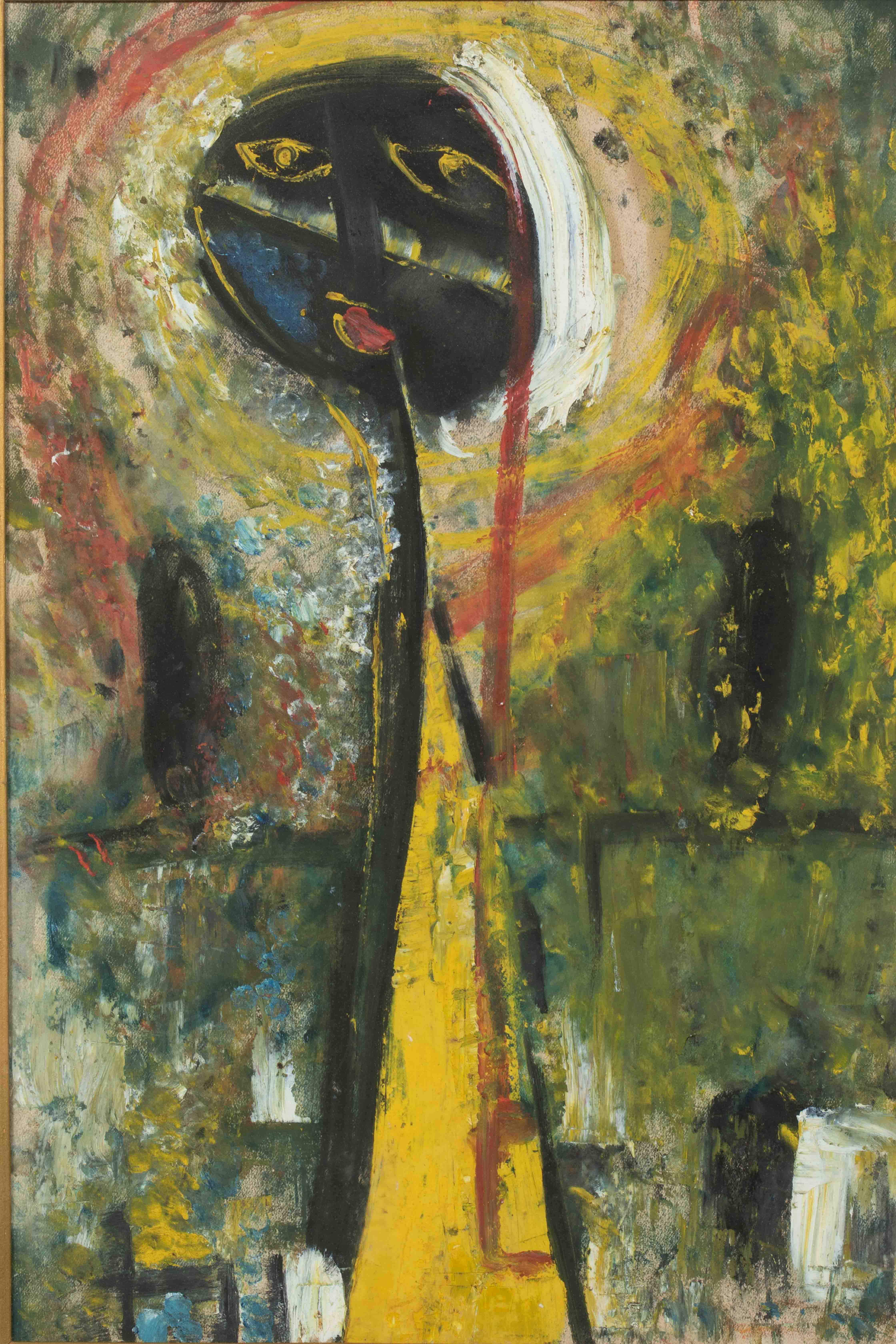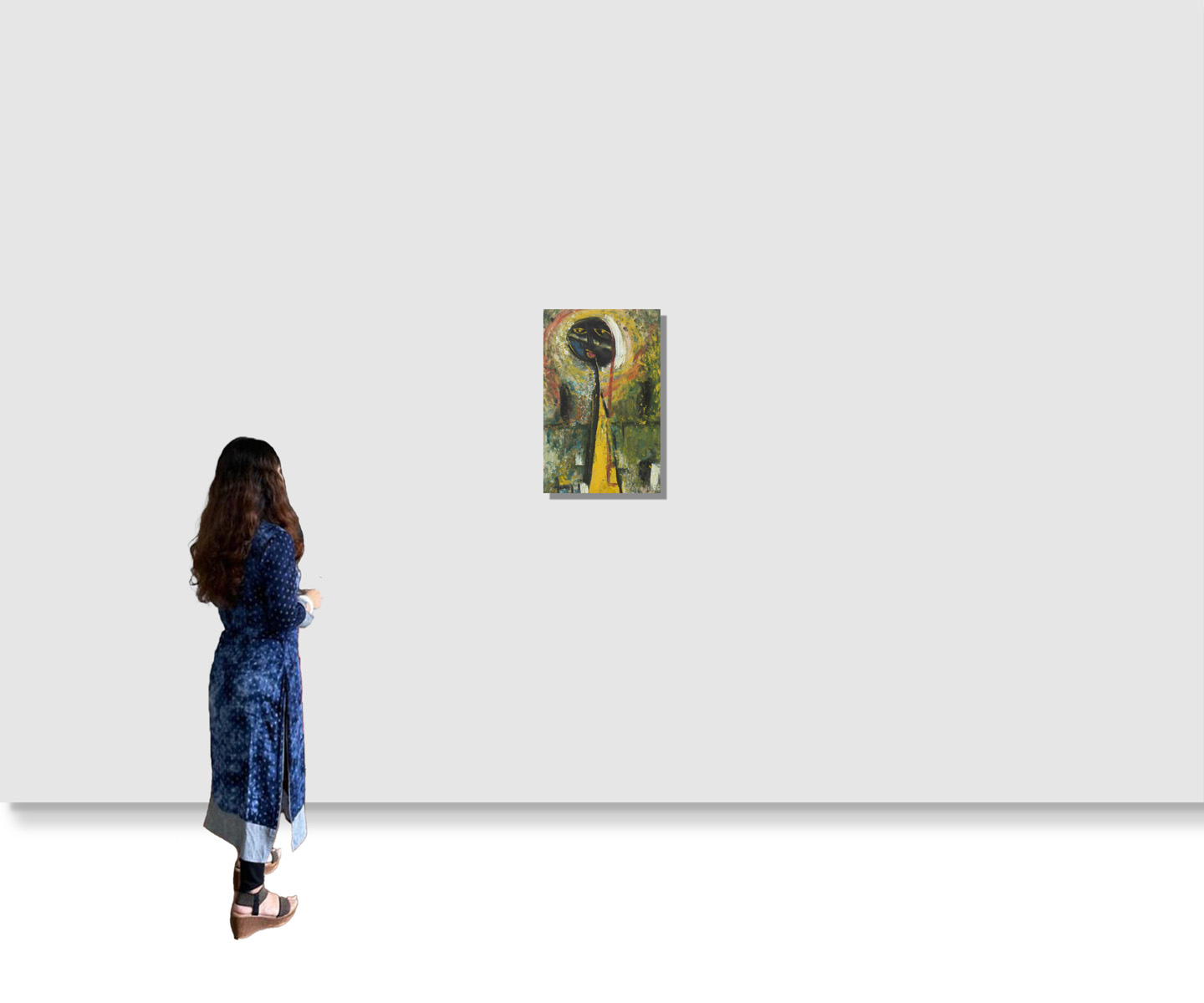1
Sunil Madhav Sen - UNTITLED(Figure)
You are about to place a bid of INR
Timed Auction:Current bid:
Bids do not include VAT, buyer’s premium or delivery.
By confirming your bid, you agree that you have read and accepted the-saleroom.com and the auctioneer's terms and conditions. Confirming your bid is a legally binding obligation to purchase and pay for the lot should your bid be successful.
Bids do not include VAT, buyer’s premium or delivery.
By confirming your bid, you agree that you have read and accepted the-saleroom.com and the auctioneer's terms and conditions. Confirming your bid is a legally binding obligation to purchase and pay for the lot should your bid be successful.
We have noticed that your maximum bid is higher or equal to the buy it now price for this lot.
Would you like to discard your maximum bid and proceed with the buy it now option?
You cannot Buy it now until you are approved to bid.
Please contact the auctioneer (9820000802)
Choose one of the quick bid options below:
Bids do not include VAT, buyer’s premium or delivery.
By confirming your bid, you agree that you have read and accepted the-saleroom.com and the auctioneer's terms and conditions. Confirming your bid is a legally binding obligation to purchase and pay for the lot should your bid be successful.
To place a bid select the minimum amount below:
Bids do not include VAT, buyer’s premium or delivery.
By confirming your bid, you agree that you have read and accepted the-saleroom.com and the auctioneer's terms and conditions. Confirming your bid is a legally binding obligation to purchase and pay for the lot should your bid be successful.
Sunil Madhav Sen (1910 - 1979)
Mixed Media on Board
22 x 14 Inches
Sunil Madhav Sen was a self-taught modernist from Bengal. He was born in Purulia and raised in Bankura, a region he credited for shaping his artistic vision. “It is the memories of those twelve years in Bankura that have shaped me into the Sunil Madhav Sen of today,” he once said. The folk art, ritual practices, and clay idols of the Rarh region left a lasting impact on his work.
Sen trained briefly under Hemen Majumdar and worked at Porter Studios in Calcutta. In his early years, he painted portraits and landscapes. But by the 1950s, his style began to shift. He started experimenting with surface, texture, and new materials—often using oil, glue, mosaic, and metal. He even developed his own process for softening oil paint using turpentine and zinc.
Alongside his grounding in folk tradition, Sen drew inspiration from European masters such as Raphael, Rembrandt, Goya, and Picasso. These influences helped shape a practice that was both deeply local and fully engaged with the language of modernism.
In 1951, Sen joined the Calcutta Group. His work stood apart for its material innovation and intuitive approach. As sculptor Prodosh Dasgupta noted, “What appealed to us most was his untrained yet skilled craftsmanship, which we believed would lead him far with his own individual expression.”
This work reflects that experimental period. The use of board, layered pigment, and mixed media is typical of the direction Sen’s practice took in the 1960s and ’70s. His process remained grounded in memory and material—always personal, always rooted in place.
Sunil Madhav Sen (1910 - 1979)
Mixed Media on Board
22 x 14 Inches
Sunil Madhav Sen was a self-taught modernist from Bengal. He was born in Purulia and raised in Bankura, a region he credited for shaping his artistic vision. “It is the memories of those twelve years in Bankura that have shaped me into the Sunil Madhav Sen of today,” he once said. The folk art, ritual practices, and clay idols of the Rarh region left a lasting impact on his work.
Sen trained briefly under Hemen Majumdar and worked at Porter Studios in Calcutta. In his early years, he painted portraits and landscapes. But by the 1950s, his style began to shift. He started experimenting with surface, texture, and new materials—often using oil, glue, mosaic, and metal. He even developed his own process for softening oil paint using turpentine and zinc.
Alongside his grounding in folk tradition, Sen drew inspiration from European masters such as Raphael, Rembrandt, Goya, and Picasso. These influences helped shape a practice that was both deeply local and fully engaged with the language of modernism.
In 1951, Sen joined the Calcutta Group. His work stood apart for its material innovation and intuitive approach. As sculptor Prodosh Dasgupta noted, “What appealed to us most was his untrained yet skilled craftsmanship, which we believed would lead him far with his own individual expression.”
This work reflects that experimental period. The use of board, layered pigment, and mixed media is typical of the direction Sen’s practice took in the 1960s and ’70s. His process remained grounded in memory and material—always personal, always rooted in place.
Sunil Madhav Sen 2025
Ends from
Venue Address
For PRINSEPS delivery information please telephone 9820000802.









